Gluten Free
What does following a gluten-free diet mean? That you're embarking on an easy diet with a wide range of health-promoting effects. Instead of dwelling on what you’re giving up, consider that you’re going to enjoy a whole new world of delicious food options to meet your special dietary needs. You’ll be eating seasonally, choosing more fresh fruits and vegetables, focusing on meats, seafood, poultry, legumes, lentils, corn, and rice, and discovering fascinating ancient grains such as quinoa, amaranth, and millet. You’ll be able to eat potatoes, eggs, most cheeses, even chocolate (!)—and enjoy them without guilt because you’ll be taking good care of your body. In fact, you’ll probably end up eating—and feeling—better than ever!
Visit this page for more information about living Gluten Free
---
We carry a large variety of gluten free items, the brands listed below represent just some of the offerings we carry


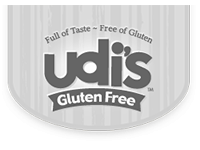

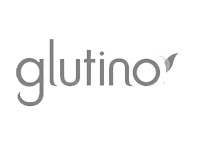

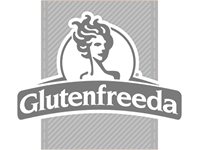
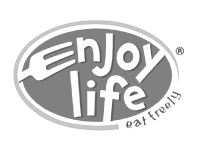





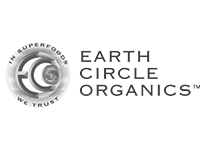

More Diets
Broccoli May Be Beneficial for People with Diabetes
Broccoli contains vitamins, minerals, antioxidants, and other plant chemicals that might help people with diabetes control their blood sugar levels and possibly avoid complications like heart disease and nerve damage. One cup of chopped raw broccoli provides more vitamin C than an orange—approximately the full daily recommended intake of vitamin C—and almost as much potassium as a banana. Like other cruciferous vegetables, broccoli is packed with beta-carotene, other colorful carotenes and carotenoids, and vitamin K: just one cup of chopped raw broccoli has 100% of the recommended daily intake of vitamin K. That same cup of broccoli has almost three grams of fiber, which makes broccoli an ally in the effort to regulate blood sugar levels and reduce heart disease risk.
Researchers have also found that broccoli contains an array of plant chemicals that may help prevent heart disease and promote good health. In particular, broccoli is an especially good source of a sulfur compound called sulforaphane that has been garnering lots of attention recently. Researchers have found that sulforaphane is a powerful antioxidant that may protect nerves and blood vessels. Researchers think that sulforaphane works by stimulating special enzymes in blood vessels that protect them from the damaging effects of high blood sugar. Broccoli florets have higher amounts of sulforaphane than broccoli stalks, but since the stalks have more fiber, you’ll get the most from your broccoli if you eat the whole spear. And since lightly cooking broccoli frees up other important antioxidants, like carotenoids, while preserving much of the sulforaphane, you can still benefit from eating your broccoli gently steamed or sautéed. When cooking, let the broccoli turn bright green, but take it off the heat before it gets mushy.
Source: Journal of Agricultural and Food Chemistry
Copyright © 2025 TraceGains, Inc. All rights reserved.











